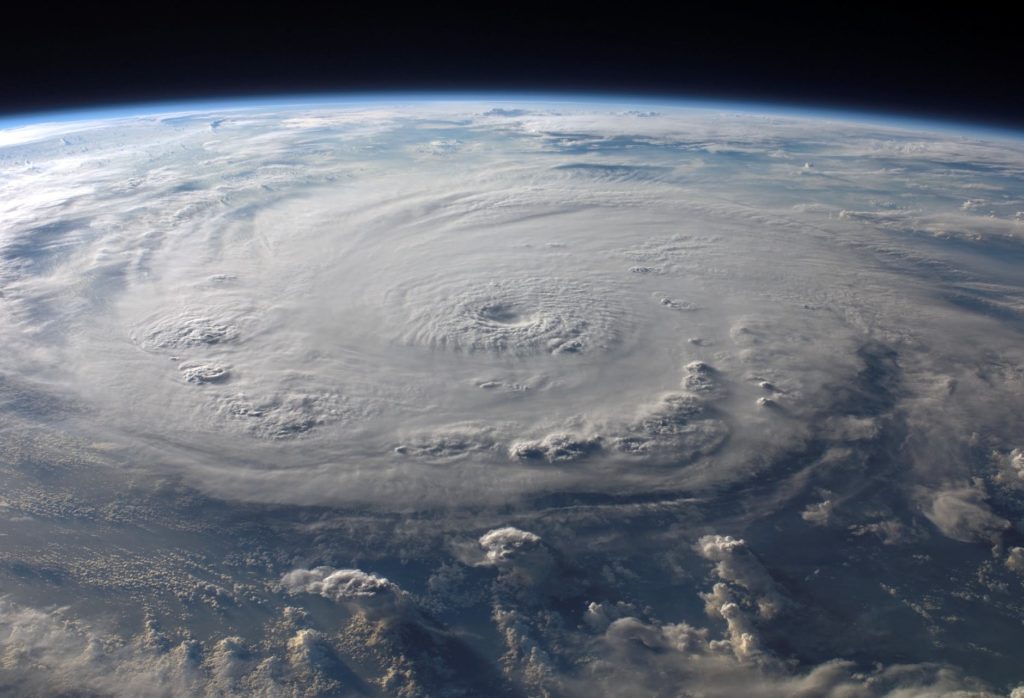Some of the first weather analysis and forecasting methods came from Aristotle around 2,400 years ago in 340 B.C. He organized his thoughts in a formal document titled “Meteorologica,” in which he observed and distinguished Fire, Air, Water, and Earth as four elements that caused “events in this world.”
Today, weather forecasting has come a long way from simply observing the sky and the Earth. Meteorologists are able to predict changes in weather patterns by using several different tools. They use these tools to measure atmospheric conditions that occurred in the past and occur in the present. This information is used to make a “forecast” or prediction of future weather.
There are six primary tools that Meteorologists at the National Weather Service use to make a forecast.
Doppler Radar
Everyone who watches a weather forecast on television has heard the term “Doppler” radar. This type of radar does something that regular radar cannot: it can tell the speed of an object approaching or moving away from it. It does so by utilizing the “Doppler” effect. The Austrian mathematician and physicist, Christian Doppler, developed the theory in 1842 to explain the colors of binary stars. He argued that the frequency of electromagnetic or sound waves depends on the relative speed and the location of the observer.
You have no doubt heard a fire engine’s siren change pitch as it approaches, then moves away from you. As the engine drives toward you, the sound waves are squeezed into a shorter distance, so they have a shorter wavelength and a higher frequency, which we hear as a higher pitch. When the engine drives away from you, the opposite happens. The sound waves are longer in wavelength and lower in frequency, thus you notice a drop in pitch.
Doppler radar uses electromagnetic waves instead of sound, but the principle remains the same. This type of radar allows forecasters to determine how fast a storm is moving, wind speeds, precipitation, and rotation of the clouds
Satellite data
Weather Satellites monitor the earth from Space, collecting observational data that NOAA scientists analyze in order to predict the weather across the globe.
Radiosondes
Radiosondes are instruments carried by balloons or other means, transmitting measurements by radio. They are the primary source of upper-air data, such as air pressure, temperature, relative humidity, wind speed, and wind direction.
Automated surface-observing stations
ASOS(Automated Surface Observation Systems) monitor weather conditions on the Earth’s surface. More than 900 stations report data about sky conditions, surface visibility, precipitation, and wind up to 12 times an hour.
Supercomputers
NOAA’s Weather and Climate Operational Supercomputing System(WCOSS) is the core of modern forecasting. With a 5.78 petaflop (a unit of computing speed equal to one thousand million million operations per second) computing capacity, it can process quadrillions of calculations per second. These supercomputers are almost 6 million times faster than the average desktop computer.
Observational data from all sources is fed into computerized numerical forecast models. These models use equations, in such things as fluid dynamics, along with new and past weather data to provide forecasts.
AWIPS
AWIPS(Advanced Weather Information Processing System) is a computer processing system that combines data from all the previous tools into a graphical interface that NWS forecasters use to analyze data, prepare and issue forecasts, watches, and warnings. This system uses NOAA supercomputers to process data from Doppler radar, radiosondes, weather satellites, ASOS and other sources using models and forecast guidance products. AWIPS generates weather graphics, hazardous weather watches, and warnings.
Meteorologists often face ridicule for inaccurate forecasts. People ask how can we put a man on the moon yet make an inaccurate accurate weather forecast? To be fair, weather forecasting is light-years ahead of predictions just a couple of decades ago. However, even with supercomputers and algorithms involving complex mathematics, there remain errors in forecasts. This is because meteorologists must take into account several large-scale phenomena, each of which is governed by multiple variables and factors.
These factors include how the Sun will heat the Earth’s surface, how air pressure will form winds and how water-changing phases will affect the flow of energy. Even the effects of the planet’s rotation in space are taken into consideration. Small changes in any one variable in any of these complex calculations can profoundly affect weather. This is why they will never to be able to predict the weather with absolute certainty. This uncertainty is how surprise storms develop.
For this reason, one should always be cognizant of current weather conditions and be prepared for severe weather.











